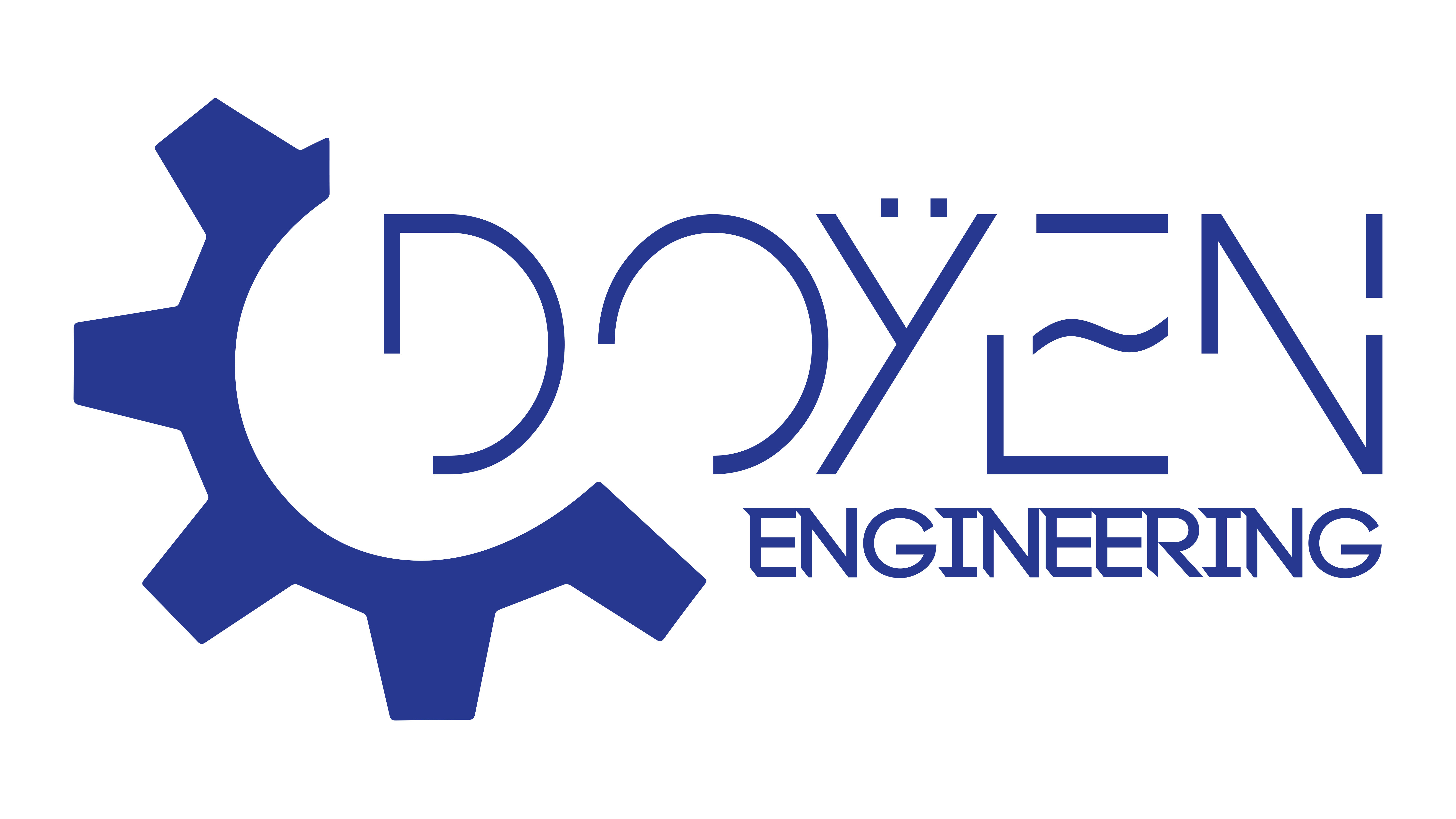
IOT and Automation in Electrical Engineering
Smart Grid Technology
Smart grid technology is revolutionizing how electricity is generated, distributed, and consumed. By integrating IoT devices, this advanced electrical engineering approach enhances resiliency and efficiency. For instance, real-time data helps utilities optimize energy flow and predict demand spikes. Key benefits of smart grid technology include:
- Enhanced reliability: Minimizes outages and improves restoration times.
- Energy efficiency: Uses data analytics for better demand-side management.
- Consumer empowerment: Allows users to monitor and manage their energy usage effectively.
Home Automation Systems
Switching gears to home automation systems, these innovations are simplifying daily life. Imagine adjusting your thermostat or turning off lights through a smartphone app! It’s about convenience and energy savings. Some popular home automation features include:
- Smart lighting: Automatically adjusts based on occupancy.
- Remote security systems: Real-time alerts for unauthorized access.
- Energy management: Monitors usage and adjusts settings to optimize consumption.
By embracing these technologies, homeowners not only gain convenience but also contribute to a greener, more energy-efficient future.

Renewable Energy Sources Integration
Solar Power Systems
Transitioning to renewable energy sources, solar power systems are at the forefront of sustainable electricity generation. With the installation of solar panels becoming increasingly popular, households can harness the sun's energy and reduce their dependence on fossil fuels. Consider these standout features:
- Cost savings: Significant reductions in monthly energy bills.
- Environmental impact: Lowers carbon footprint and conserves natural resources.
- Grid independence: Provides energy autonomy, especially during outages.
Wind Turbines Integration
On the other hand, integrating wind turbines into the energy mix complements solar power and enhances energy security. Wind energy captures natural breezes and converts them into electricity—imagine living in a home powered by the wind! Some benefits of wind turbine integration include:
- Consistent output: Combined with solar energy, it provides a reliable power supply.
- Land use: Turbines can coexist with agriculture and grazing areas.
By collaborating these renewable sources, communities can enjoy a resilient and sustainable energy future.

Electric Vehicles Technology Advancements
Battery Technology Innovations
Continuing with advancements in electric vehicle technology, battery innovations are paving the way for longer ranges and shorter charging times. Imagine being able to travel further on a single charge—this is becoming a reality thanks to ongoing research. Key developments in battery technology include:
- Solid-state batteries: Offer higher energy density and safety.
- Fast charging solutions: Reducing charging time to minutes instead of hours.
- Recycling initiatives: Enhancing sustainability by reclaiming valuable materials.
Electric Vehicle Charging Infrastructure
As electric vehicles (EVs) proliferate, their charging infrastructure is crucial. Modern charging stations are becoming more accessible and user-friendly. Consider these advancements in EV charging:
- Rapid charging stations: Allow for quick top-ups even on road trips.
- Home charging systems: Simplifies charging overnight, much like refueling a traditional car.
- Smart charging networks: Optimize energy use based on grid demand and electricity costs.
Together, these developments are creating an ecosystem around electric mobility that encourages adoption while boosting convenience for drivers.

Machine Learning and AI in Electrical Engineering
Predictive Maintenance Solutions
Shifting focus to the transformative role of machine learning and AI in electrical engineering, predictive maintenance solutions are a game-changer for asset management. They enable maintenance teams to act based on data rather than intuition. Imagine a manufacturing plant where sensors continuously monitor equipment performance in real-time. Key benefits include:
- Reduced downtime: Predicting failures before they occur minimizes unexpected outages.
- Cost savings: Optimizing maintenance schedules leads to lower repair costs.
- Increased safety: Addressing potential issues proactively enhances workplace safety.
Intelligent Energy Management Systems
On the other hand, intelligent energy management systems leverage AI to optimize energy consumption. These systems analyze data from various sources to make actionable recommendations. Consider these standout features:
- Real-time monitoring: Provides insights into energy usage patterns.
- Automated adjustments: Optimizes energy consumption based on demand forecasts.
- Sustainability metrics: Helps businesses track their environmental impact effectively.
By embracing these technologies, companies can not only elevate operational efficiency but also contribute to a more sustainable future in electrical engineering.

Power Electronics and Energy Storage
High-Power Converters
As we delve into power electronics and energy storage, high-power converters play a pivotal role in managing electrical energy efficiently. These devices transform power from one form to another, and their importance cannot be overstated. For example, envision a solar plant converting DC output from panels into AC electricity for the grid. Key advantages of high-power converters include:
- Enhanced efficiency: Minimizes energy loss during conversion processes.
- Scalability: Supports integration with various renewable energy sources.
- Improved power quality: Ensures stable and reliable energy delivery.
Grid-scale Energy Storage Solutions
Transitioning to grid-scale energy storage solutions, these systems are essential for balancing supply and demand in our evolving energy landscape. They allow excess energy generated during peak times to be stored and then used when consumption spikes, effectively stabilizing the grid. Some benefits of grid-scale energy storage include:
- Load leveling: Reduces the risk of outages during heavy usage.
- Integration of renewables: Flexibly manages the intermittent nature of solar and wind energy.
- Emergency backup: Provides a reliable energy source during grid failures.
Together, high-power converters and advanced energy storage systems are shaping a more resilient and sustainable future for power management and distribution.





